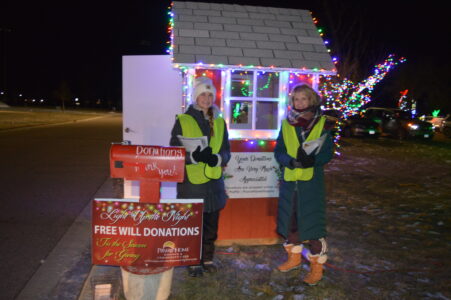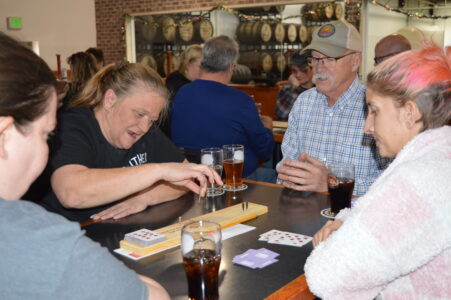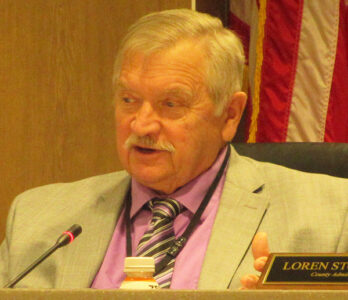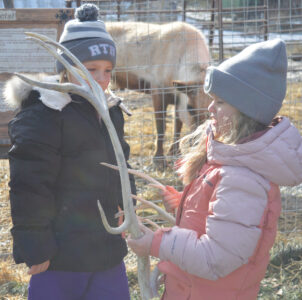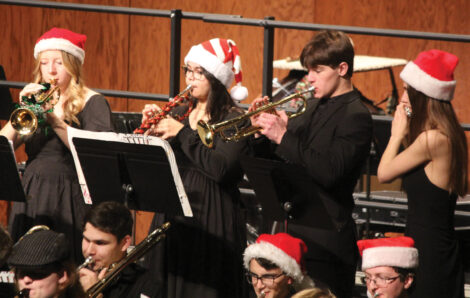Building relationships with soybean buyers
Southeast Asian tour group visits rural Tyler farm
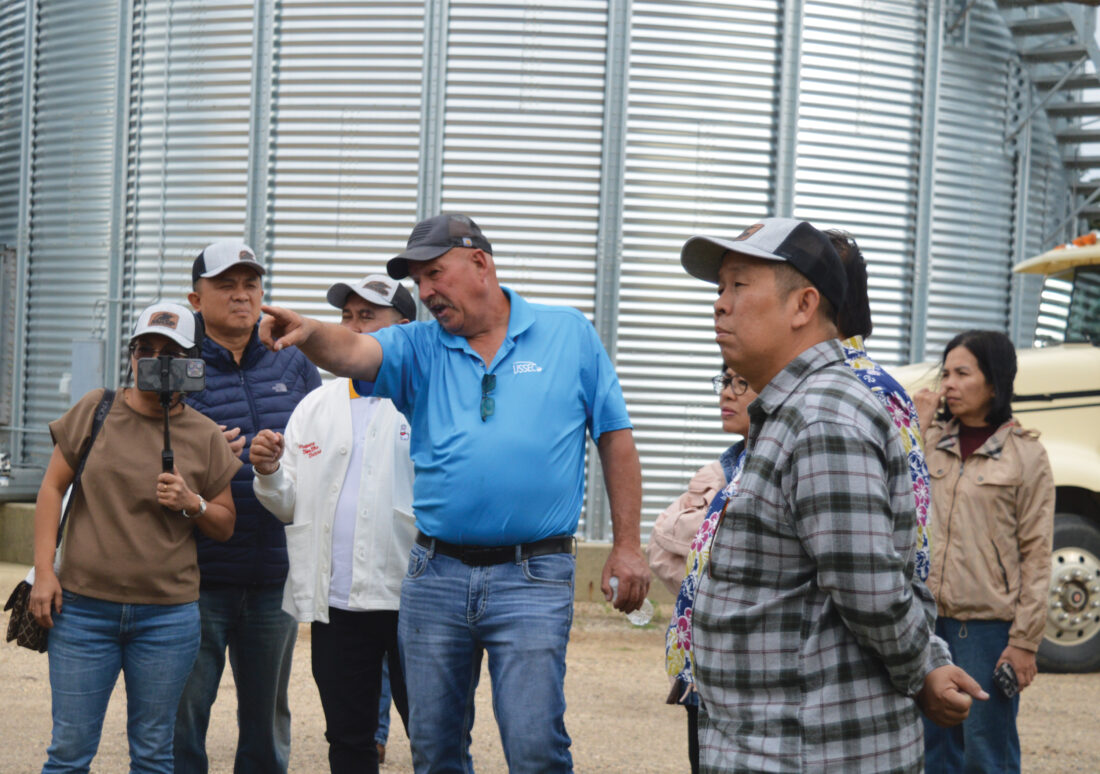
Photo by Deb Gau Joel Schreurs answers questions about some of the equipment on his farm for a visiting group of soybean buyers from Southeast Asia.
TYLER — Building new markets for Minnesota-grown soybeans is a task that takes some one-on-one interactions, Joel Schreurs said. That was the reason Schreurs welcomed a tour of soybean buyers from southeast Asia to his farm this week.
“You like to build up that personal relationship,” Schreurs said of the visit.
On Tuesday, a group of about 17 people, including participants from Indonesia, Vietnam and Thailand, made a stop in rural Tyler as part of the Northern Soy Marketing Crop Tour. NSM is a group formed by the soybean checkoff boards of South Dakota and Minnesota.
“We see it as a service to our international customers, so they can come over here and see the pride we take in our crop and help them have a better understanding of the advantages of buying U.S. soybeans,” NSM Chair Glen Groth said in a news release.
The tour includes stops in Minnesota, like the Minnesota Soybean Processors plant in Brewster and Schreurs’ farm near Tyler, as well as stops in South Dakota. The tour will end with a visit to the Port of Grays Harbor in Washington state.
“We’re going from the start to the finish by taking them from the fields to the Pacific Northwest,” Groth said. “The PNW is the final destination on our shores before soy heads to Southeast Asia. With the Crop Tour, they can see the full process and really understand our supply chain and why we are a clear advantage to our international customers.”
On Tuesday, Schreurs answered questions about Minnesota soybeans and corn, and also showed buyers some of the equipment at his farm. Tour group members asked about how Schreurs farmed, as well as details about the soybean crop.
“There’s a really good crop coming in,” he said. “I haven’t taken any samples yet, but the yields are good, the quality looks really good.”
One point that Schreurs and NSM brought up was that although northern-grown soybeans weren’t as high in protein, they still had good value as feed.
“Our essential amino acid profile is typically higher,” Schreurs said. “And a lot of times the sugar content is higher, so the energy is better.”
Tour group members also had questions about the challenges facing soybean farmers in Minnesota.
“The problem is our input (costs) have increased so dramatically, especially for fertilizer,” Schreurs said. “Fertilizer has went up probably 30% over the last couple of years.”
At an event at Schreurs’ farm last week, a local banker shared estimated 2026 cash flows for soybeans.
“They were showing a roughly negative $180 per acre on soybeans,” he said. “And we can’t keep doing that. I mean, you can take a hit one year, maybe a couple if you’re really well established. But especially young farmers, they aren’t going to be able to handle that very long.”
Along with the tour group, students from the Russell-Tyler-Ruthton FFA also came to Schreurs’ farm on Tuesday. Before the tour arrived, he spoke with students about conditions facing soybean farmers, and why groups like NSM hoped to encourage new international markets.
China is normally an important buyer for the soybeans grown in Minnesota, Schreurs said. However, with the ongoing trade war, China has not bought soybeans from the U.S. At the same time, American soybean farmers are facing competition from producers in South America.
“We have to find other markets, and try to fill all these other spaces,” Schreurs told RTR students.
RTR student Riley Van Eck said it was interesting to learn more about how farmers in Minnesota were affected by international market issues. Fellow student Locklin Matzner said before, he didn’t really know a lot about how Minnesota soybeans fit in on a global scale, competing against other countries.
“These meetings are really important,” Schreurs said of the Crop Tour stop. Getting the chance to meet farmers and ask questions can help potential buyers decide whether to purchase Minnesota soybeans, he said. “They want to see what our crop looks like.”

